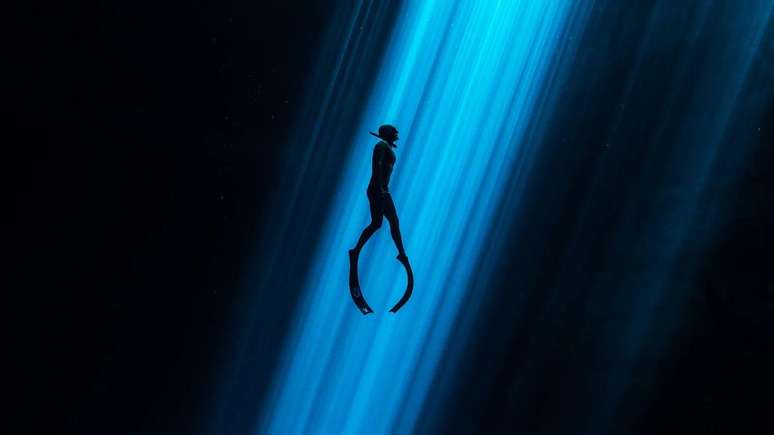A look into the depths of these beautiful underwater ecosystems that began to form after the asteroid impact that wiped out the dinosaurs.
Mexican cenotes are a complex system of caves and waterways, of unique beauty.
They are home to flora and fauna in abundance. Some species are found nowhere else on the planet.
There are more than 7 thousand limestone wells that formed millions of years ago on the Yucatán peninsula, in the south-east of the country. They date back to the impact of the Chicxulub asteroid, which virtually wiped out the dinosaurs.
Cenotes have been revered throughout human history. More than 2,500 years ago, the Maya used some as water wells and others as sacred sites.
They believed that cenotes were portals to Xibalba, the Mayan underworld, where humans go after death.
Many local residents still believe in the myths and practice the rituals of their ancestors. And today cenotes are the only natural source of fresh water in the Yucatán region.
Domestic and foreign tourists enjoy cenotes in other ways as well. Their configuration makes them ideal for swimming and a much appreciated refuge from the intense heat of the region.
Some cenotes also offer ziplines, sunbathing decks, diving platforms and snack bars.
A specific group of visitors is particularly attracted to cenotes. They are divers.
The wells are a snorkeling paradise. Each of them has a specific configuration and are isolated from the effects of currents, waves and wind.
Because free diving requires minimal equipment and practitioners are not subject to the rules of scuba diving (such as time limits, safety intervals, and slow ascent to the surface), they can wade through water, skirt obstacles, and encounter creatures marine.
These unique experiences and places are a source of inspiration, not only for divers, but also for observers who see the photos and videos they take.

Cenotes are threatened by poor land management, overdevelopment and a lack of waste and wastewater treatment. And, because the wells are interconnected, it could be a matter of time before they all get polluted or end up destroyed.
Fortunately, there is growing ecological awareness among businesses, tourists and activists. They do their part to protect Mexico’s sacred cenotes.
Divers, in particular, promote the grandeur of cenotes through visual means. They have created a strong and active community and some have even become ambassadors and advocates for its protection.
Remarkable story
The Yucatán Peninsula is almost entirely composed of porous limestone. Imagine a block of Swiss cheese, hard and full of holes, made of limestone rock.
More than 65 million years ago the peninsula was completely submerged by the ocean. It was part of a coral reef system until the impact of the Chicxulub asteroid altered the underlying tectonic plates and raised the reef out of the water.
For millions of years, rain and seawater have seeped into the bedrock, creating aquifers just a few meters above the ground.
When the ground collapses and creates a sinkhole, which happens quite often on the Yucatan Peninsula, it sometimes exposes aquifers in the form of natural pools, or cenotes, from the Mayan ts’ono’ot, meaning “hole filled with water.” . .
The region’s curious and unprecedented history earned it provisional inclusion as a UNESCO World Heritage Site in 2012.
Legacy of the Mayan ancestors
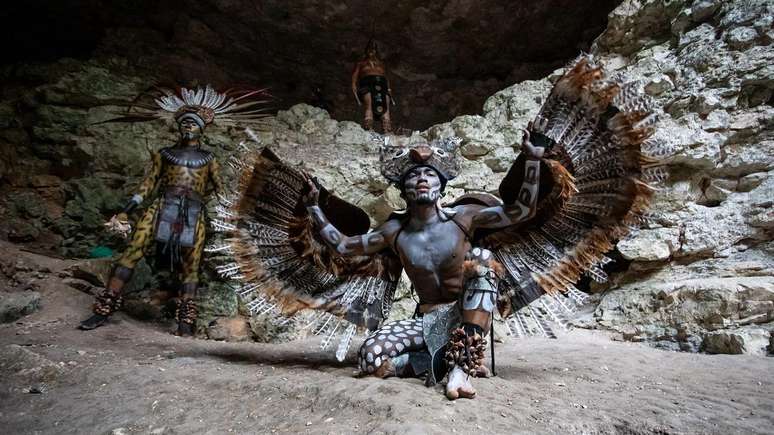
Entering a cenote means entering the underground world: Xibalba. The Mayans believed that in order to enter safely it was necessary to first ask permission and perform rituals.
To do this, you need to bid. Many years ago they took the form of gold, jade, copper, and even living humans.
These offerings were intended to appease the gods, such as Chaac, the god of rain. The Mayans believed it lived inside cenotes.
Currently the offerings consist mainly of copal (tree resin), cocoa, seeds, corn, flower petals, sugar and other small items. Tourists can book cultural tours to witness rituals and performances in the various cenotes, without fear of being sacrificed, of course.
Free diving
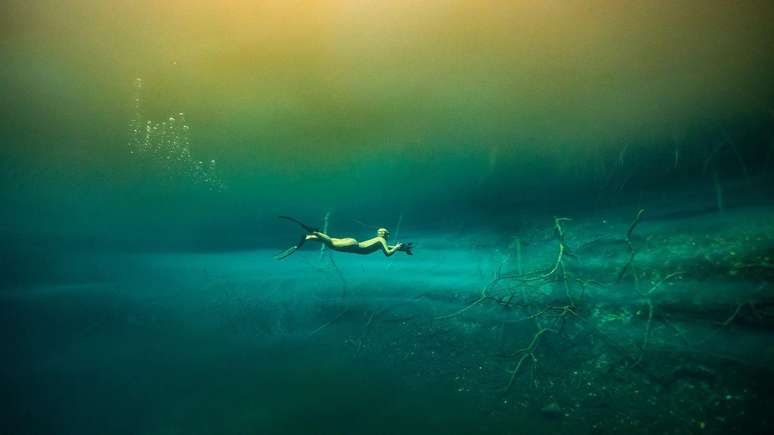
Most tourists who visit cenotes spend the day swimming and exploring the caves. Wearing a mask or goggles allows you to observe a variety of small fish, turtles, crocodiles and interesting rock formations, just below the surface.
But this is just the tip of the iceberg. The deeper you go, the more you will see.
To breathe freedive you need to hold your breath and dive to a specific depth without using air sources.
You must have deep concentration and awareness of yourself and your environment. But this type of dive allows total immersion in the cenote, in the least harmful way possible.
You’ll find stalagmites and stalactites dating back millions of years, tangles of fallen trees and their fragments, fossils of extinct animals, underwater creatures that exist nowhere else on Earth, and countless other fascinating attractions.
Tourists can schedule freediving sessions with the many schools and tour operators in the region.
Unique scenario
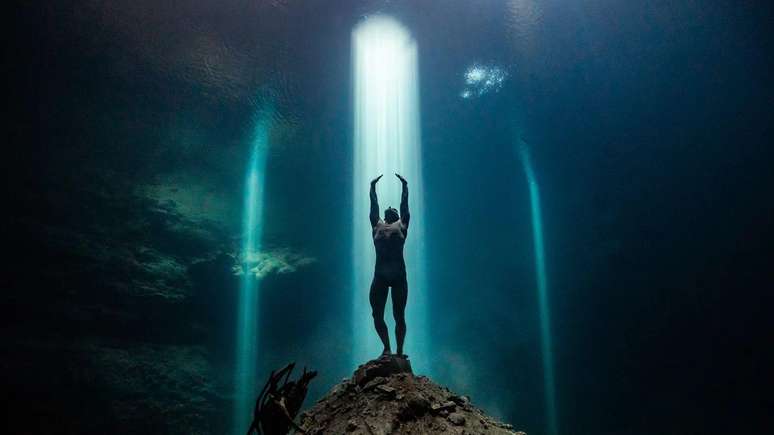
Sunlight filters into the shafts from the top of the cenotes. It transforms into distinct beams, creating a natural phenomenon found in very few places in the world.
Observing these beams of light generates an indescribable feeling of amazement and admiration. They also deliver Unique photo opportunities – a growing trend, with more and more people exploring the vast underwater scenery of Mexican cenotes.
A refuge for wildlife
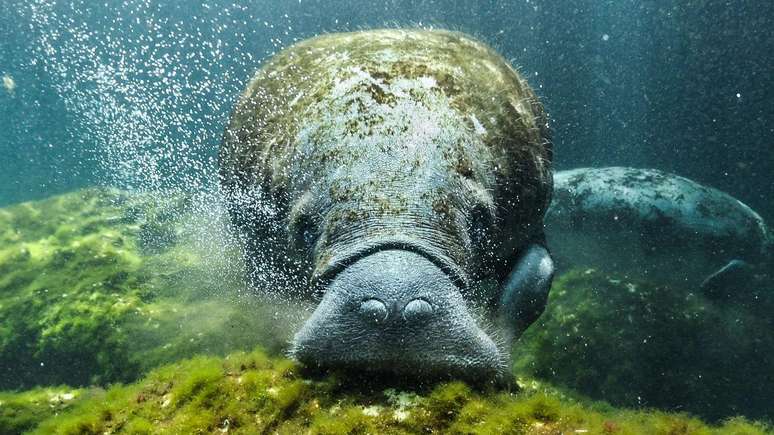
Many species head to cenotes in search of tranquility and recovery.
Isolated from the open sea, the wells offer protection from the elements, waves, large predators and ship traffic.
Manatees reach the cenotes through caves connected to the Caribbean Sea. There, this endangered species can rest and feed on algae, as well as care for its young in a safe and peaceful environment.
Intimate relationship
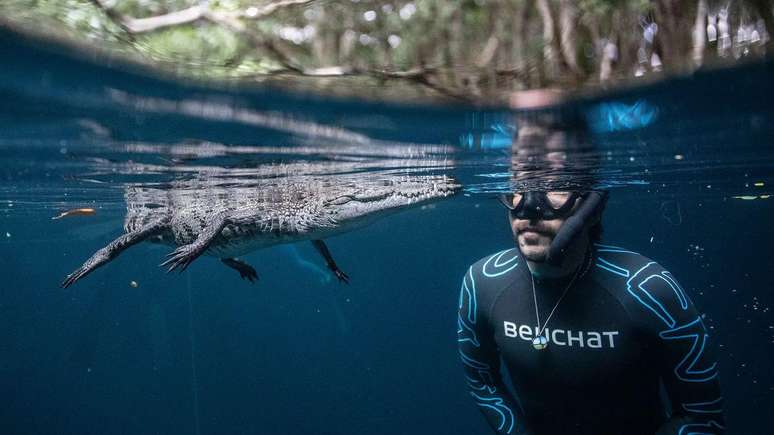
The interaction between divers and marine life in the cenotes is a unique experience.
Crocodiles are a key part of the region’s biodiversity. They can be found in many cenotes, even those frequented by tourists.
It is essential to respect the animals’ space. Therefore it is very important to maintain a safe distance, without provoking them.
But sometimes the animals’ curiosity is greater and they come closer to see what those strange humans are doing.
Magical and spooky landscapes
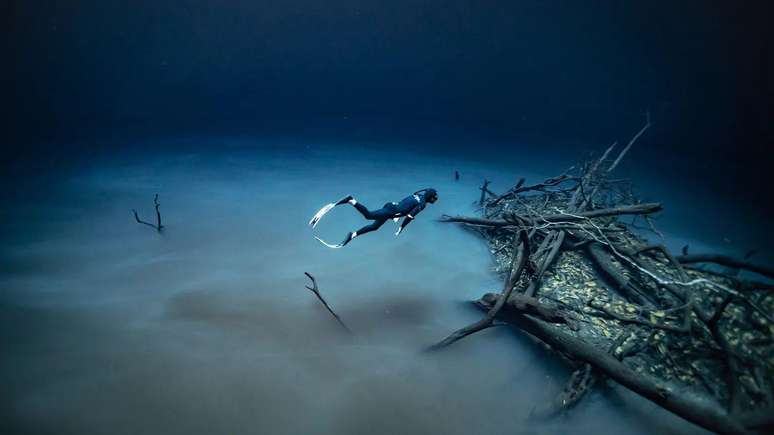
In some cenotes you’ll find a layer of hydrogen sulfide that separates accumulated fresh rainwater from salty ocean water, essentially forming an underwater cloud.
Swimming around and through these clouds gives the distinct impression of crossing space and entering a nebula.
These layers are formed by gases released from decaying materials, such as trees and leaves, which fall into the alveoli.
Some clouds form a few meters away, close to the surface. Others can be found up to 30 meters deep.
These thick, cloudy layers have a faint rotten egg odor. They are known to cause mild irritation to the lips if we keep them on for too long.
The cloud in the image is about 28 meters deep. Below it there is another 28 meters of salt water.
Fun for everyone
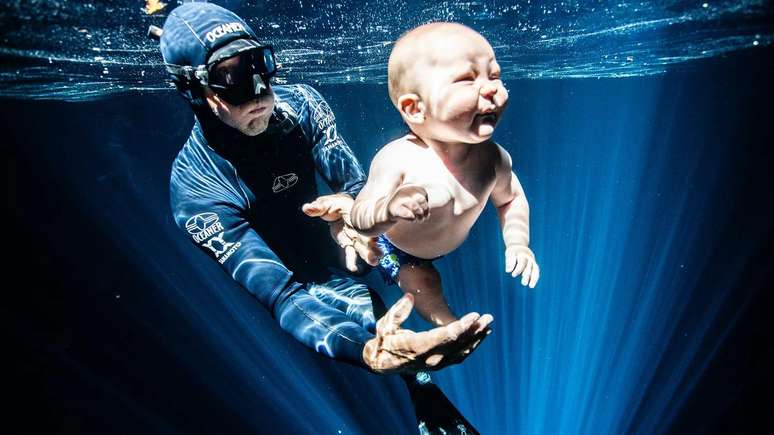
People of all ages and backgrounds travel to discover the magnificent Mexican cenotes. The water temperature ranges from 19 to 24°C, which is a great relief from the tropical heat.
Many cenote owners have invested in infrastructure, such as platforms, restrooms and snack bars. They also offer guided tours and presentations.
With thousands of different cenotes to choose from, you’ll always have new places to visit.
Peace and balance
Living in harmony with ourselves and the environment around us is something that many of us have difficulty finding.
Free diving requires an immense level of understanding of the mind and the world around us. Therefore, divers’ passion for these delicate ecosystems is no surprise.
Cenotes offer unparalleled territory to immerse yourself, physically and mentally, in a natural and tranquil environment.
To preserve these special places it is essential to protect them from contamination and development. And some divers have taken the initiative and protested against major forces such as the Mayan Train, which immensely damages the system of thousands of interconnected cenotes.
Tourists can also help reduce damage to cenotes by choosing sustainable ecotourism operators and avoiding the use of environmentally harmful sunscreen and hair products.
Read the original version of this report (in English) on the BBC Travel website.
Source: Terra
Rose James is a Gossipify movie and series reviewer known for her in-depth analysis and unique perspective on the latest releases. With a background in film studies, she provides engaging and informative reviews, and keeps readers up to date with industry trends and emerging talents.

